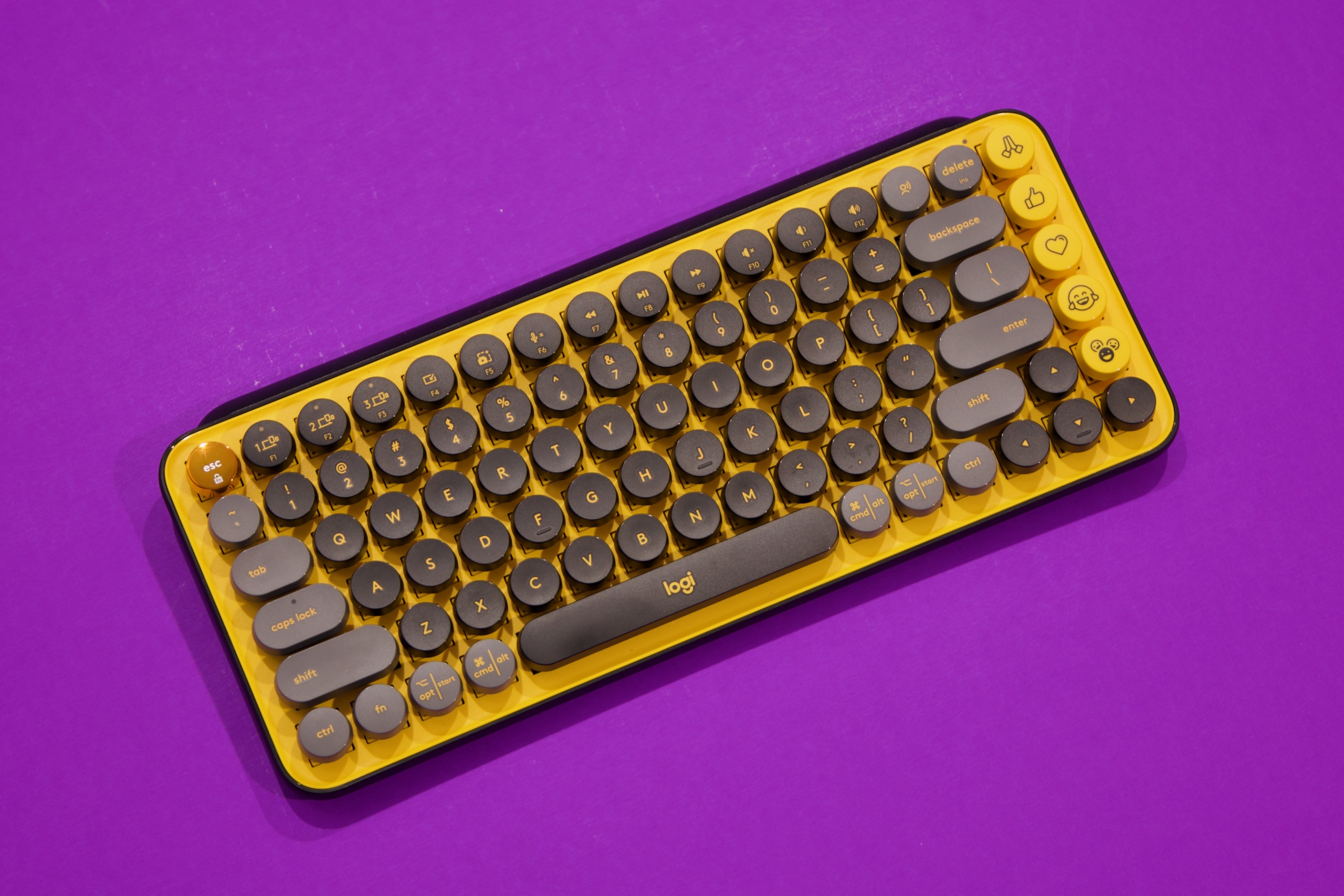Global Insights Hub
Stay updated with the latest trends and news from around the world.
Typing on a Cloud: Why Your Fingers Deserve a Mechanical Keyboard
Discover the keyboard revolution! Elevate your typing experience with a mechanical keyboard—your fingers will thank you!
The Benefits of Mechanical Keyboards: A Comprehensive Guide
Mechanical keyboards have surged in popularity among both casual and professional users, primarily due to their superior typing experience. Unlike traditional rubber dome keyboards, mechanical keyboards utilize individual mechanical switches for each key, resulting in a more tactile and responsive feel. Users often report improved typing speed and accuracy, making them an excellent choice for typists, programmers, and gamers alike. This responsiveness is attributed to the distinct actuation points of mechanical switches, which provide tangible feedback that can enhance the overall typing experience.
In addition to exceptional performance, mechanical keyboards come with a host of customization options that cater to individual user preferences. From customizable keycaps to programmable macros, users can tailor their keyboards to fit their specific needs. Moreover, many mechanical keyboards feature durability that extends well beyond that of conventional keyboards, often lasting for tens of millions of keystrokes. This longevity not only offers a better return on investment but also contributes to a more sustainable approach to technology, making mechanical keyboards a long-term solution for any serious user.

Choosing the Right Mechanical Keyboard: What You Need to Know
When it comes to choosing the right mechanical keyboard, understanding the various types of switches available is crucial. Mechanical keyboards typically feature three main types of switches: tactile, linear, and clicky. Tactile switches provide a noticeable bump when actuated, making them ideal for typists who appreciate feedback. Linear switches, on the other hand, offer a smooth keystroke without any tactile feedback, catering to gamers who require rapid key presses. Clicky switches not only provide tactile feedback but also produce an audible click, appealing to those who enjoy a more pronounced typing experience. Knowing these differences will significantly aid in choosing the right mechanical keyboard for your needs.
Another important factor to consider is the layout and size of the mechanical keyboard. Full-sized keyboards include all the standard keys along with a numeric keypad, while tenkeyless options omit the numeric keypad for a more compact design. Compact layouts, like 60% or 75% keyboards, further reduce size by eliminating function keys and other less-used keys, making them ideal for minimalist setups. Additionally, consider whether you prefer a keyboard with customizable RGB lighting or one that prioritizes function over flair. By evaluating your preferences in terms of layout, key switches, and aesthetic features, you can ensure that you're equipped with the right mechanical keyboard for both productivity and gaming.
Mechanical vs. Membrane Keyboards: Which One is Right for You?
When choosing between mechanical and membrane keyboards, it's essential to consider the distinct characteristics and benefits each type brings to the table. Mechanical keyboards are renowned for their tactile feedback and durability, making them a favorite among gamers and typists alike. Their individual switches provide a satisfying click and often last for millions of keystrokes, ensuring longevity and reliability. On the other hand, membrane keyboards tend to be quieter and more budget-friendly, utilizing a rubber dome under each key, which can make them less responsive in high-speed scenarios but ideal for casual use or office environments.
Ultimately, the decision between mechanical and membrane keyboards comes down to personal preference and usage. If you prioritize gaming performance or long hours of typing, a mechanical keyboard may be the better option due to its responsiveness and customizability with various switch types to suit your style. However, if you're looking for a compact, quieter solution primarily for everyday tasks, a membrane keyboard can fit your needs perfectly. Consider your goals, budget, and typing habits to make an informed choice that enhances your typing experience.